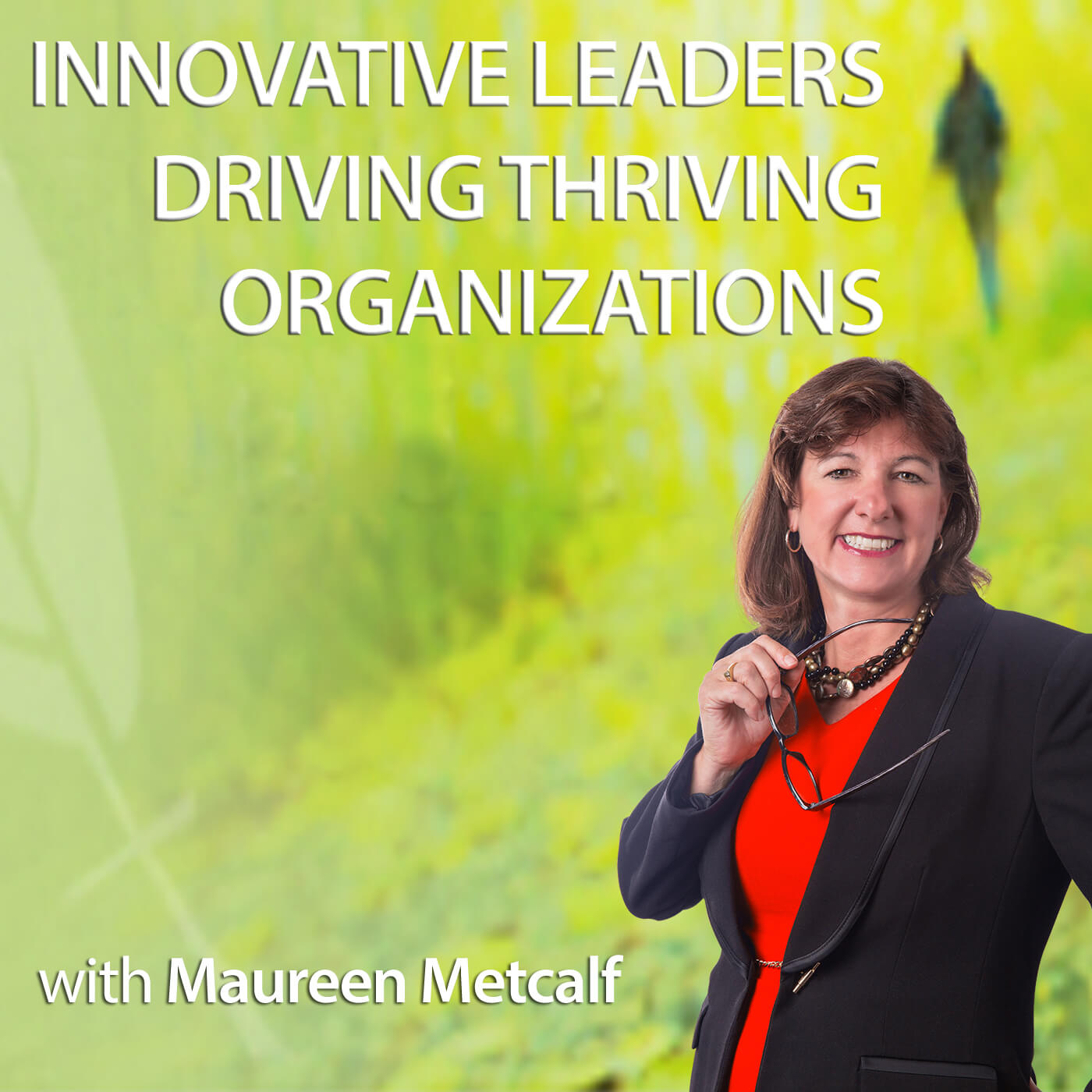This post, written by Gary Weber, is a companion to the November 15 Voice America interview with Gary Weber, Are You Updating Your Mental Operating System? Gary talks about our personal mental operating systems and specific steps about how to update your mind.
This interview is based on a conversation about our species’ current operating system (OS 1), which evolved about 75,000 years ago. Symbolic consciousness developed to support our need for coordination and organization of large groups as our population grew rapidly and agriculture manifested. When problems changed from “lions and tigers and bears” to “where do I fit in this massively-interconnected hierarchy”, many shortcomings appeared in OS 1 as discussed in “we need a new mental operating system…now”. The never-ending, self-referential, problematic, internal narrative (SRIN) in OS 1 generates/aggravates our desires, depression, fears, craving, suffering, etc. Investigating SRIN, you find that it is all “past and future” and “I/me/my”. This post breaks down the steps that manifested in “my” process of removing OS 1, monitoring the “uninstall”, uploading OS 2, and then having “support” manifest to ensure OS 2’s successful operation in a metaphorical software format which may make things a little clearer.
Removing OS 1
How do we remove, or de-energize the ongoing focus on I/me/my to modify OS 1? What “I” functions that are useful and not problematic can be retained? What we discovered were some “removal tools” that met these criteria:
1. Information only from contemporary sources.
2. Source verification from movies/videos, photos, direct transcripts, and direct/1-off meetings.
3. English fluency to avoid translational inaccuracies.
4. Process DIY feedback from SRIN.
5. Retention/enhancement of “real world” functionality.
6. Happiness increased as suffering and attachments decreased.
7. A “life change”, not experiences.
8. Scientifically verifiable and empirical, not philosophical or intellectual.
The simple uninstall process was using these “removal tools” and measuring progress against the NS check list and SRIN. After many hours of practice, the SRIN did STOP, as advertised, along with self-referential desires, fears and suffering. The satisfactory completion of the process was verified by my two very different Rinzai Zen masters. Success in removal of OS 1 and uploading of OS 2 was again verified by the absence of problematic SRIN. However, useful core elements of OS – 1 were retained in OS â 2 for problem solving, communication and planning tasks, when the problematic SRIN-causing I/me/my elements were removed. This was a huge (and welcome) surprise…
Uploading the new OS
With the validated uninstall of the problematic parts of OS 1, the question was “What, if anything, would be uploaded to replace it?” There was a strong feeling that some new “logic” structure was needed. When cognitive neuroscience manifested, it was discovered that different neural circuits were used for these different functions. This made an almost surgical removal of the SRIN-causing elements possible, without disturbing the desirable problem solving and planning functions as discussed in “Three neural networks dancing…’blah, blah’, tasking and control”. We recommend starting with three basic practices to shift from OS 1 to OS 2:
1. Set a timer and 7x/day ask a simple question to help you return focus to yourself such as: Where am I? When am I? Who Hears? What has these thoughts? Who am I? Note and track the impact. The overall objective of this practice is to help you drop the thoughts that take you away from your life and into your head and return you to be present with what is happening.
2. When you notice thoughts that are emotionally-charged (ex: I am 5 minutes late â I might get fired for being late) ask yourself if they are true and whether they are useful. If not true or useful, drop them and return to something that requires your focus, perhaps your breath. 3. The ability to drop or deescalate problematic thoughts reduces the stress on our bodies and allows us to shift focus to our current situation â without the over-weighting of not useful thoughts predicting unlikely negative outcomes.
Be present with those around you â turn off your devices when with others.
Ongoing OS 2 support
As with all new software, there are FAQs on implementation, procedures, learning problems, etc. The basic manual for the identification, removal and upgrading of the OS software are described in “Happiness Beyond Thought: A Practical Guide to Awakening”.
There are also over 60 instructional videos on all aspects of OS 2, entitled “Dialogues on Awakening Beyond Thought” in which my colleague Rich Doyle and I dialog, in some detail, the FAQs. A new manual/book documenting these FAQs, entitled “Into the Stillness: Dialogues on Awakening Beyond Thought”, is now available from New Harbinger Press.
To become a more innovative leader, please consider our online leader development program. For additional tools, we recommend taking leadership assessments, using the Innovative Leadership Fieldbook and Innovative Leaders Guide to Transforming Organizations, and adding coaching to our online innovative leadership program. We also offer several workshops to help you build these skills.

About the author
Gary Weber, PhD, is a subject/collaborator in neuroscience studies at Yale, the Institute of Noetic Sciences, the Baumann Foundation, the Center for Study of Non-Symbolic Consciousness, at Johns Hopkins, and at Penn State.
From 2000 to 2004 he was an associate vice president of research for Penn State responsible for all technology transfer operations of the University, including angel investing, venture capital, licensing, patenting and start-up support. He was also responsible for external industrial R&D contracts and interfaces with the University.
In the late 1990s, Gary was senior vice president of science and technology for PPG responsible for all corporate R&D with four research laboratories, approximately 1000 engineers, scientists, and technical folk, and a $260MM budget. He was also a member of the Executive Committee.
Since then he has been researching and writing about happiness beyond thought. He is applying his extensive research skills to helping leaders.





